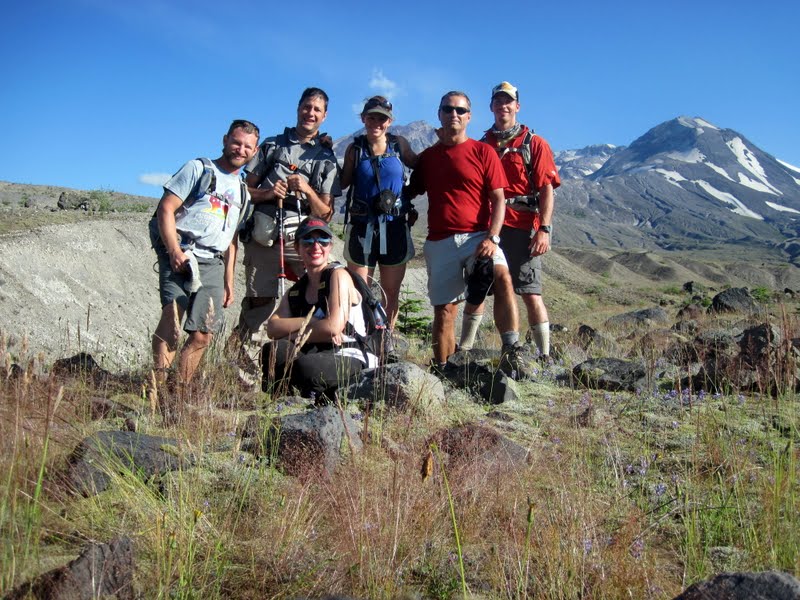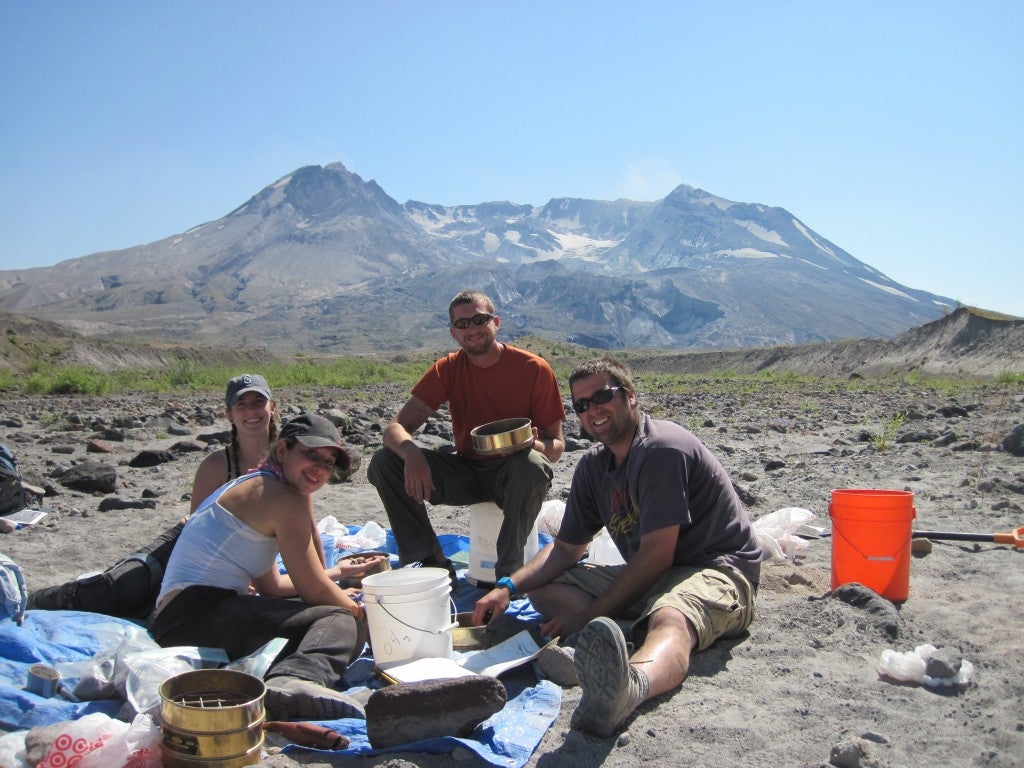Brittany D Brand, Associate Professor
- Volcanology
- Risk Perception
- Preparedness Behavior
- Community Resilience
- Science Communication

Volcanology Research: I am a physical volcanologist-volcanic sedimentologist with research interests involving eruption dynamics, sediment transport in volcanic flows, lava emplacement dynamics, and volcanic hazard assessment. The foundation of my research is field-based observation and measurements, which are used for development and validation of experimental and numerical models. Establishing relationships between volcanic deposits and eruptive processes is a fundamental first step toward answering outstanding questions regarding the controls on eruption dynamics, emplacement mechanisms, and hazards associated with volcanic phenomenon, and the local and global consequences of volcanism on Earth and other planets.
See more details of my most recent volcanology project here.
Be sure to check out our other excellent faculty members with interests in magmatic processes, including Dr. Dorsey Wanless, Dr. Mark Schmitz, and Dr. Jeffrey Johnson.
Natural Hazards and Community Resilience: The other branch of my research focuses on ways to reduce the impact of natural hazard events through the development of resilient communities. Resiliency refers to a community’s ability to proactively mitigate, prepare, respond, and recover from events such as natural (and man-made) hazards. Promoting the adoption of individual household preparedness represents a critical step toward building resilient communities. However, the level of disaster preparedness across the United States remains low

To address this problem, my research colleagues, students and I design a multidisciplinary studies that combines the fields of science education, geography, sociology, psychology, and anthropology to understand what motivates at risk citizens to take preparedness actions before a natural hazard event occurs.
An example of a recent project focuses on the effect of earthquake hazard information on household emergency preparedness, and includes an assessment of the influence of local and cultural variables on perceptions and preparedness action behavior. This research is based in the Protective Action Decision Model (PADM), which integrates approaches in social influence, persuasion, behavioral decision making, attitude-behavior relationships, and innovation to identify the phases though which people typically pass in the process of taking protective action. Review a summary of this work here.
My group and I also explore risk perception and preparedness behavior for Wildland Urban Interface residents, and create education materials for the public.